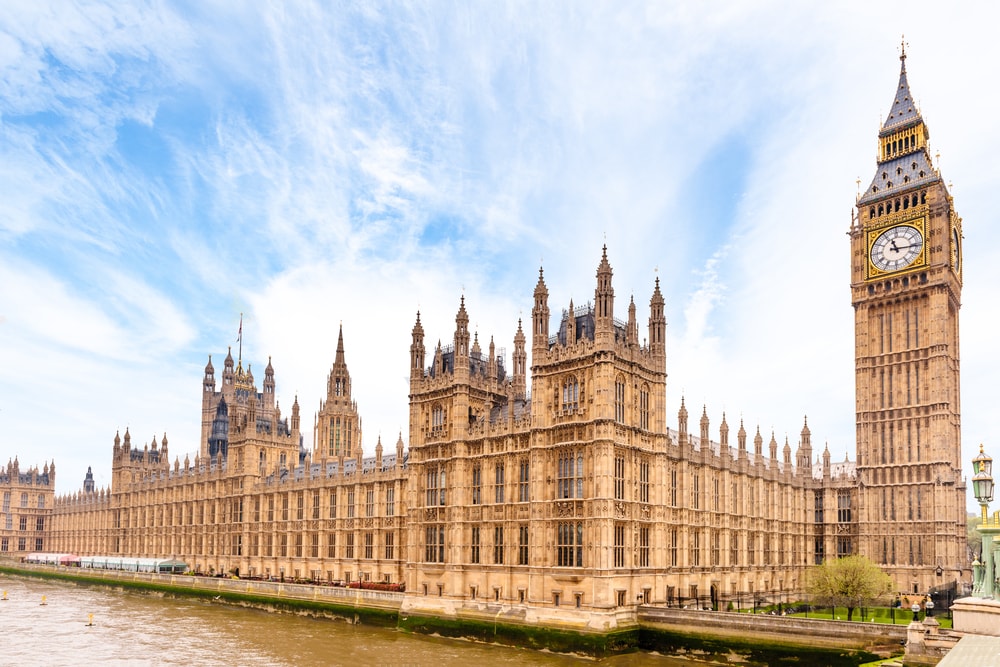The government could "unlock" billions of pounds from UK pensions, Hymans Robertson has said, with its research suggesting that a package of pension reforms could provide a £28.5bn annual boost for the Treasury, while employers could benefit by up to £14.2bn.
Hymans Robertson's latest paper suggested that, across 10 years, and with private capital crowded in, this could create an internationally competitive £1trn UK National Wealth Fund, as well as help provide the financing needed for the UK’s net-zero transition.
The report was shared ahead of the much-anticipated phase two of the government's pension review, which Hymans Robertson head of pension policy innovation, Calum Cooper, highlighted as "an opportunity to make lasting changes to give people financial independence in later life for as long as they live".
However, Cooper argued that the second phase of the review is also an opportunity to meet other important aims, such as improving equity, and investing in UK economic growth at a "huge scale".
In particular, Hymans Robertson suggested that the government could replace traditional tax relief with a flat-rate government “top-up bonus” paid into pension pots, which would make all retirement income tax-free.
As well as helping to simplify the pension tax system, Hymans Robertson suggested that this would enable the Treasury to bring forward £22bn a year in revenue to be invested, for example, in a national wealth fund, without increasing overall tax burdens.
In addition to this, the firm estimated that, with "modest" regulatory reform to the rules surrounding DB surpluses, the government could unlock £3bn a year in tax receipts and channel over £400bn into productive UK assets like infrastructure, housing and green energy.
Hymans Robertson also encouraged the government to embrace collective pensions, highlighting a growing need for the widespread rollout of collective defined contribution (CDC) schemes.
This could not only save the Treasury £500m a year according to Hymans Robertson's analysis, but also save employers £1.2bn a year, with 20 per cent take-up allowing a minimum contribution rate of 1 per cent less than for defined contribution (DC).
Hymans Robertson suggested that further savings could be made if the government made the state pension more sustainable, estimating that, if the triple lock was phased out after the state pension reaches minimum retirement levels, the government could save £3bn a year from the late 2030s.
The firm argued that these cost savings could then be used to boost the economy by investing in UK productive finance and growth assets, stressing that pensions could play a much bigger role in the government’s investment ambitions than currently envisaged.
Indeed, Hymans Robertson estimated that, with a National Wealth Fund targeting £3 of private investment for every £1 of public money, more than £1trn could be invested in the UK, for the benefit of current and future generations.
The paper also encouraged the government to consider re-investing some of these savings back into pensions, suggesting that around £1bn could be used to fund auto-enrolment (AE) increases, while a further £1bn could help provide pensions for self-employed workers.
Cooper stated: "This is a once-in-a-generation opportunity to align pensions policy with national prosperity.
“Our proposals outline how unlocking the untapped potential in pensions could save the Treasury and employers money, while stimulating investment in the UK. It could generate the £100bn a year that is needed for 3 per cent economic growth and our net-zero transition.
“A big change requires lots of work, and this would be a huge job for the pensions industry to implement. But the risk of inaction and the opportunity is also huge; to help current and future generations of workers, and the economy. It could lead to £1trn more investment in the UK, over 10 years, while delivering better pensions for workers.
“Our proposals are bold, but they’d deliver financial security for workers, cost savings for employers, and a massive boost for the UK economy.”
In particular, the report said that the minimum AE contribution should be increased from 8 per cent to 12 per cent, alongside changes to the scope of AE to remove the lower earnings threshold, and the introduction of a side-car savings vehicle.
The report also urged the government to consider extending both AE and the proposed sidecar savings vehicle to the self-employed, noting that less than a fifth (18 per cent) of self-employed workers save for retirement.
More broadly, the report also encouraged the government to consider allowing pension pots to be used as collateral for first-time property purchases, in order to reduce dependence on renting in retirement and help reduce pensioner poverty.
The Financial Conduct Authority (FCA) recently suggested that this could be an area of consideration in its upcoming discussion on the mortgage market, with FCA chief executive, Nikhil Rath, arguing that "the journey to financial security must start long before retirement".
Latest News
-
Pension Scheme Bill amendments and clarity needed, SPP says
-
Pension organisations back £3bn Haweswater upgrade
-
Keeping track of the latest pensions dashboards connections
-
FCA ‘very confident’ Targeted Support proposals will take effect by year-end/early next year
-
State pension set for 'significant uplift'; cost concerns persist
-
This week in pensions: 18-22 August 2025
A changing DC market
In our latest Pensions Age video interview, Aon DC senior partner and head of DC consulting, Ben Roe, speaks to Laura Blows about the latest changes and challenges within the DC sector
Being retirement ready
Gavin Lewis, Head of UK and Ireland Institutional at BlackRock, talks to Francesca Fabrizi about the BlackRock 2024 UK Read on Retirement report, 'Ready or not. How are we feeling about retirement?’
Podcast: Who matters most in pensions?

In the latest Pensions Age podcast, Francesca Fabrizi speaks to Capita Pension Solutions global practice leader & chief revenue officer, Stuart Heatley, about who matters most in pensions and how to best meet their needs
Podcast: A look at asset-backed securities

Royal London Asset Management head of ABS, Jeremy Deacon, chats about asset-backed securities (ABS) in our latest Pensions Age podcast
© 2019 Perspective Publishing Privacy & Cookies












Recent Stories